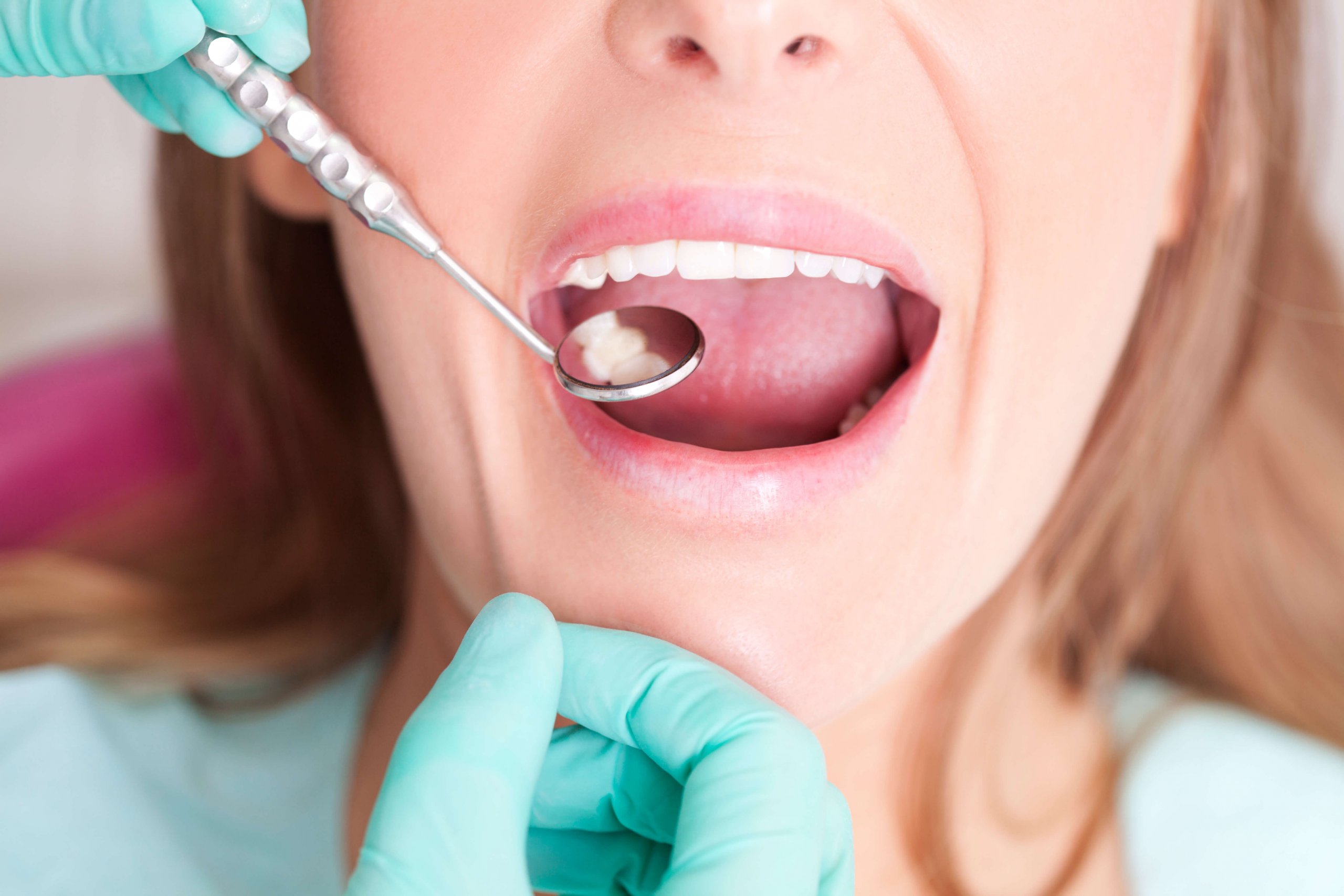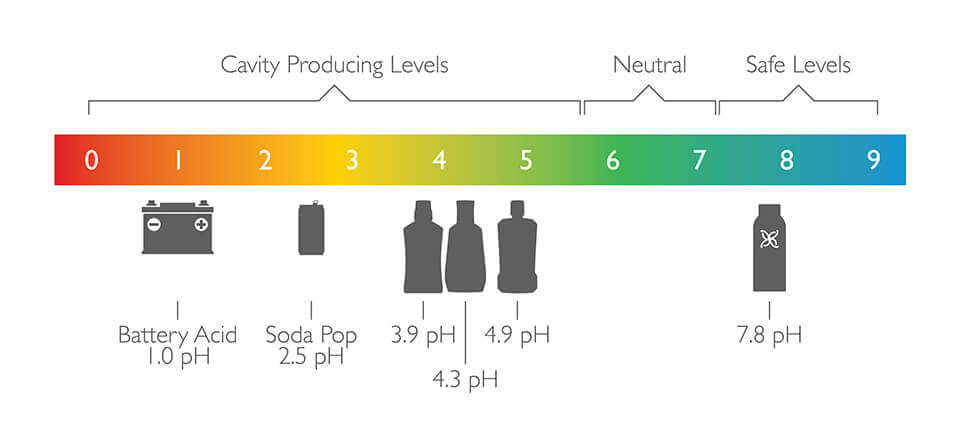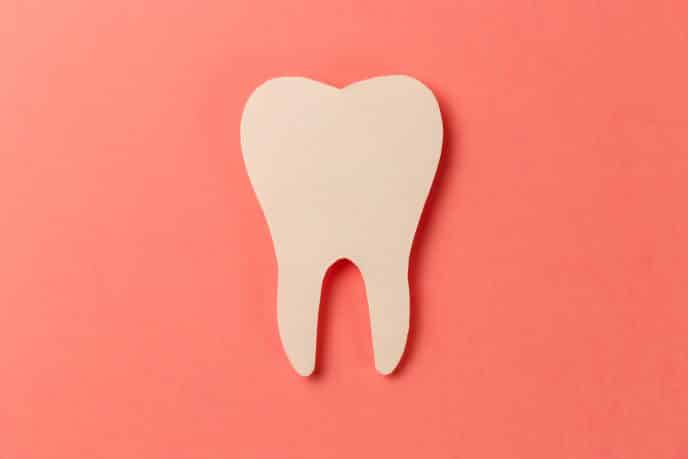Planning a move can be daunting, especially if you have never done it before. There are so many things to think about, from packing your belongings to finding a new place to live. In this blog post, we will provide 12 tips and tricks that will help make the process a little bit easier. Follow these tips, and you will be on your way to a successful move!
1. Start by making a plan: Before you start the process of moving, it is important to make a plan. Set a timeline and decide which tasks need to be done first. Make sure that you have enough time to complete each task before your move-out date.
2. Research potential movers: If you are hiring professional movers, research different companies and get quotes from them. Compare rates and services so that you can choose the best option for your budget and needs.
3. Pack early: Start packing as soon as possible so that everything is organized when it’s time for the move. Get rid of anything you do not want or need anymore and create an inventory list of all items that you will be taking with you.
4. Make sure your documents are in order: Gather all important documents such as birth certificates, Social Security cards, and passports before the move. Store them in a safe place so that they do not get lost or damaged during the move process.
5. Create an emergency kit: Pack an emergency kit with items such as flashlight, batteries, snacks, cash, blankets and first aid supplies to keep on hand during the move. This will ensure that you have everything you need if there are unforeseen delays or other problems arise.
6. Plan ahead for utilities: Research which utility companies serve your new area and set up arrangements for their services prior to moving day so that everything is ready when you arrive at your new home.
7. Have a yard sale or donate unwanted items: Get rid of things that you no longer need or want by holding a garage sale, donating them to charity, or giving them away to friends and family members. This will lighten the load and make moving easier.
8. Label boxes clearly: Clearly label all boxes with the contents inside so that when it comes time for unpacking at your new place, it will be easy to find what you are looking for.
9. Notify people of your address change: Make sure to notify anyone who needs to know about your move, such as friends and family, banks, employers, creditors and government agencies.
10. Take pictures of your furniture: Before you move and pack up all your furniture, take pictures of them in their current state so that if anything happens to them during the move, you have proof of their condition.
11. Plan for pets: If you are moving with pets, research pet-friendly accommodations in the area and make arrangements for keeping them comfortable during the move process.
12. Have a plan for the first night: Make sure that you have plans in place for where you will be staying on the first night at your new home. If you need help, visit http://gorillamovers.com. It is best to book a hotel or find an Airbnb so that you don’t have to worry about unpacking right away.
Follow these tips and you will be well on your way to a successful move. Good luck!
Happy Moving! 🙂







